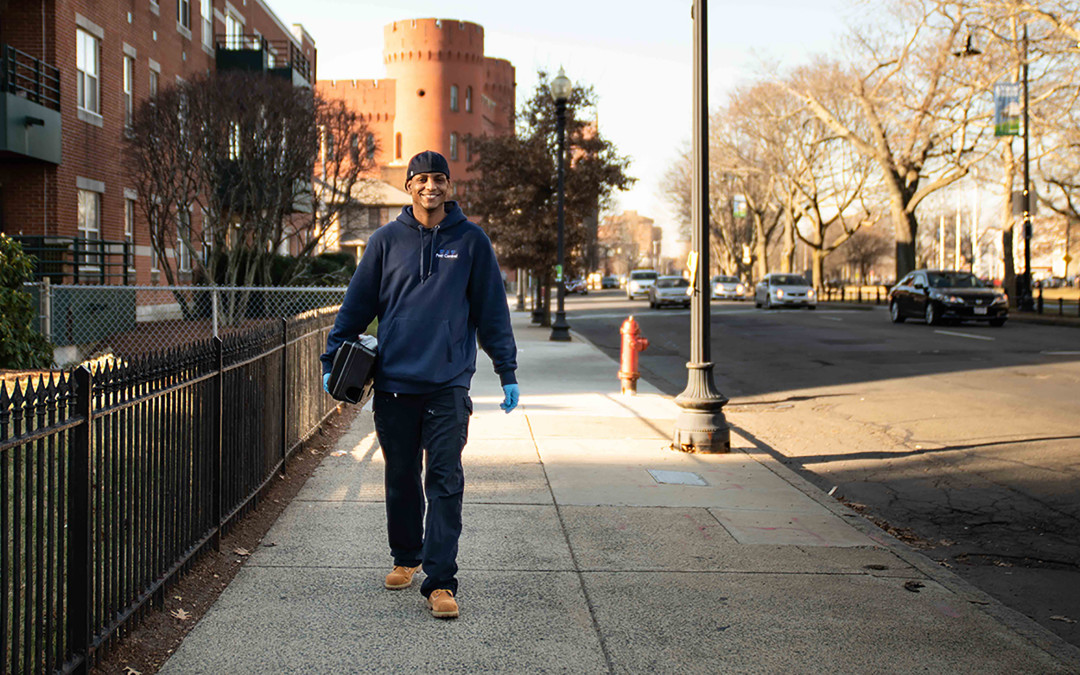Massachusetts is home to more than fifty documented mosquito species, some of which are capable of transmitting disease to humans. The two primary mosquito-borne diseases that occur in Massachusetts are the West Nile virus and eastern equine encephalitis (EEE). While EEE has traditionally been rare in all areas of the US, a dozen individuals reportedly contracted the disease in Massachusetts last year despite repeated area-wide mosquito control efforts in the state. Of the 12 individuals who contracted EEE in Massachusetts last year, three died, but officials are hoping to control mosquito populations more effectively in the state this year.
The Norfolk County Mosquito Control District will begin aerial mosquito spraying on April 27th in several Massachusetts communities. Aerial spraying targets mosquito larvae as they are developing in marshland and woodland bogs, which is where nearly all disease-carrying mosquito species in Massachusetts originate. However, adult mosquitoes fly into urban and suburban areas where females lay eggs within stagnant water sources, especially stagnant water that collects in containers on residential lawns. Since aerial mosquito spraying can only be conducted in rural marshland areas, it is important for Massachusetts homeowners to keep stagnant water sources in their yards as minimal as possible in order to reduce mosquito populations in urban and suburban areas.
Larvae can develop within any source of stagnant water that has been standing for five days or more. Obviously, any containers that can gather rainwater should be removed from residential lawns, but it is also important to replace water in bird baths every couple of days to prevent the water from becoming conducive to egg and larval development. It is also worth noting that mosquito eggs can remain attached to the sides of dry containers until they become covered in water and hatch. Because of this, garbage bins, recycle bins and other outdoor containers should be scrubbed once per week. Gutters should be cleaned to prevent the pooling of rainwater, and corrugated plastic gutter extensions are not recommended, as water gathers within the interior ridges. Pavement cracks and gaps should be smoothed over with sealant to prevent water buildup, and this is especially important at the junction where driveway pavement meets garage flooring. Homeowners who want to go the extra mile to reduce mosquito breeding sites, can set up a rain garden on their property. A rain garden consists of grass and perennials that grow out of a shallow lawn depression that gathers rainwater. Rain gardens absorb rainwater much more rapidly than water basins and drainage ditches.
Would you entertain the idea of setting up a rain garden to reduce mosquito breeding sites?

